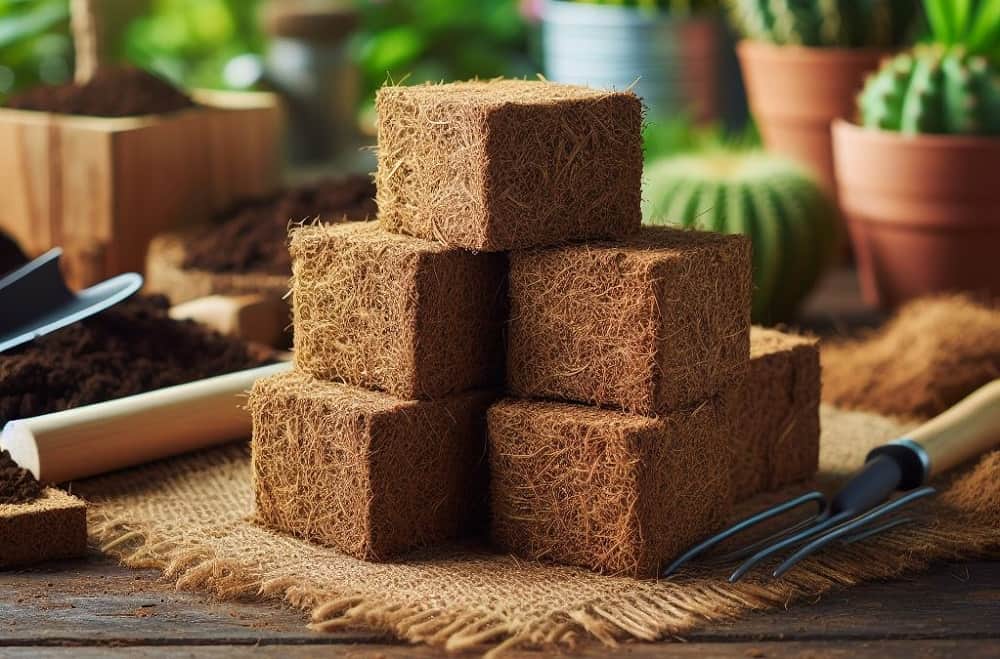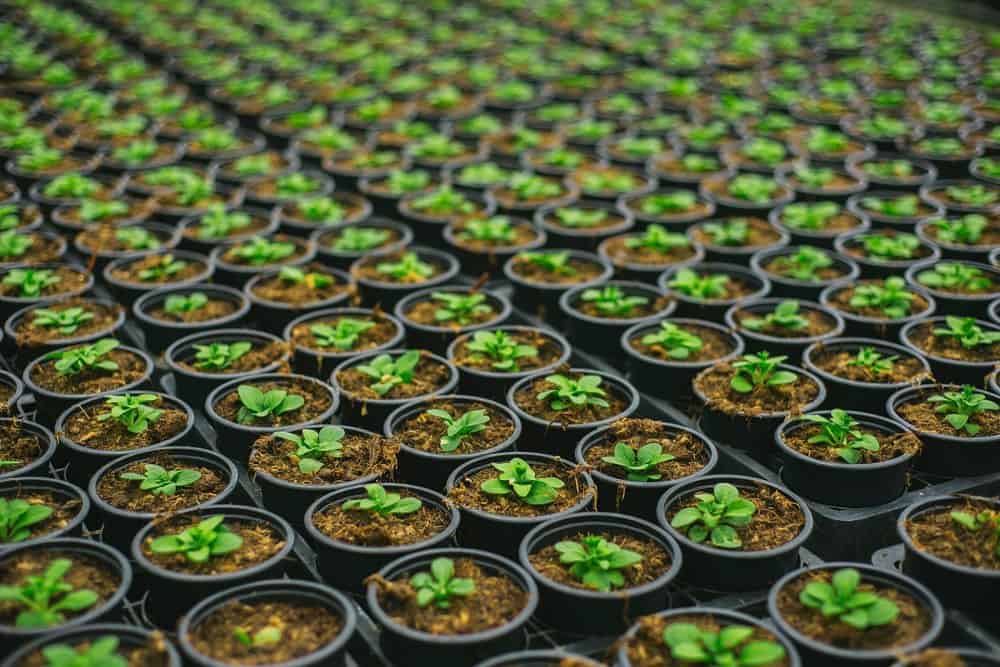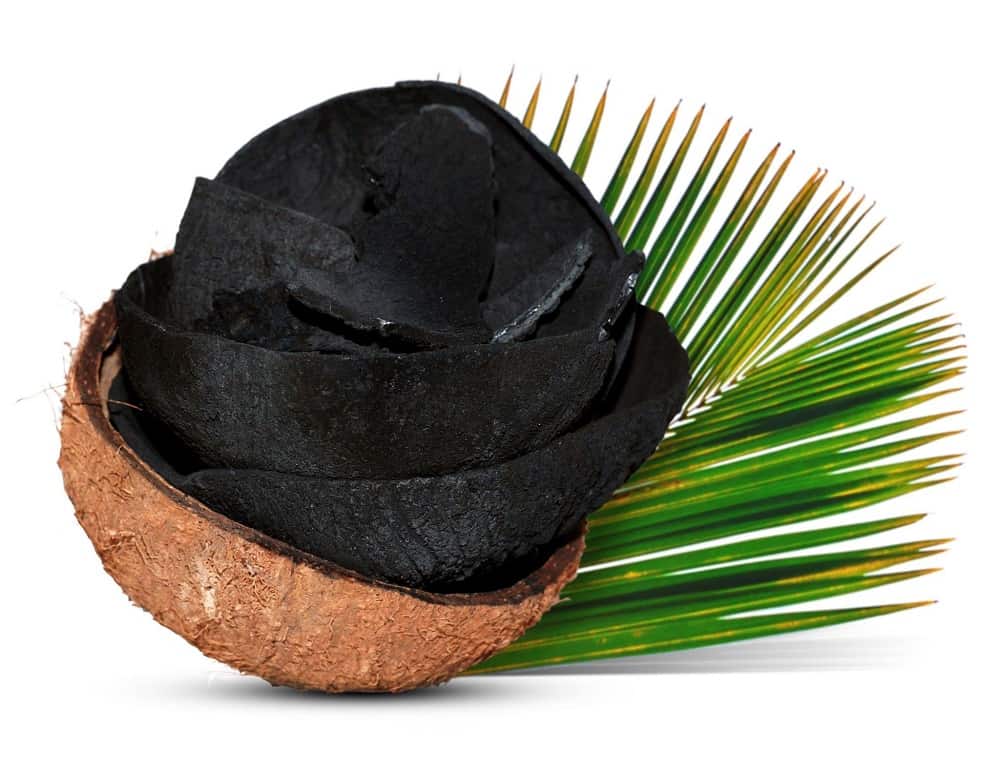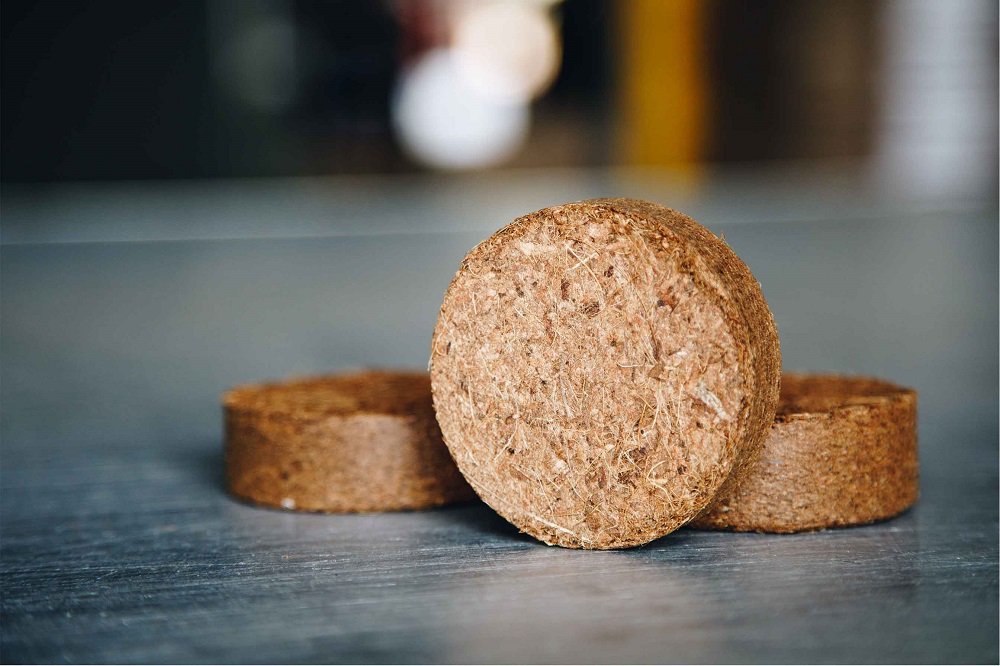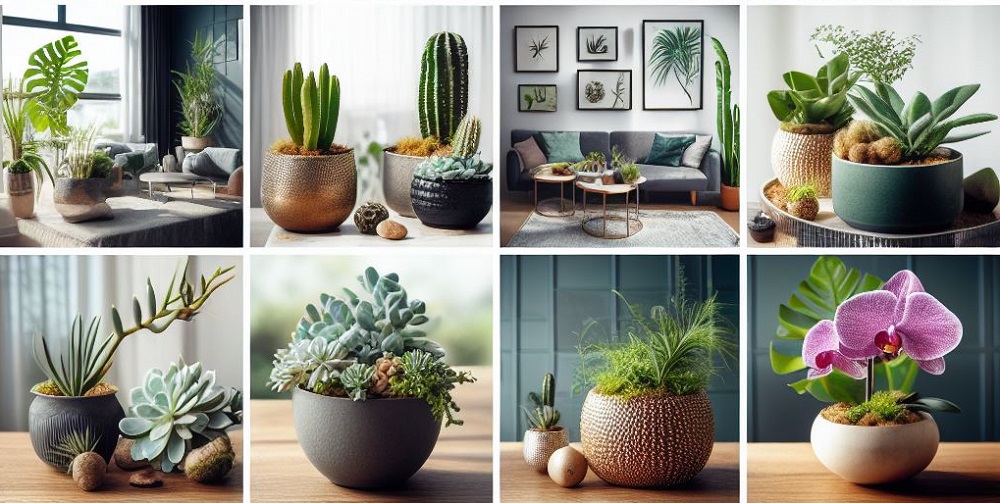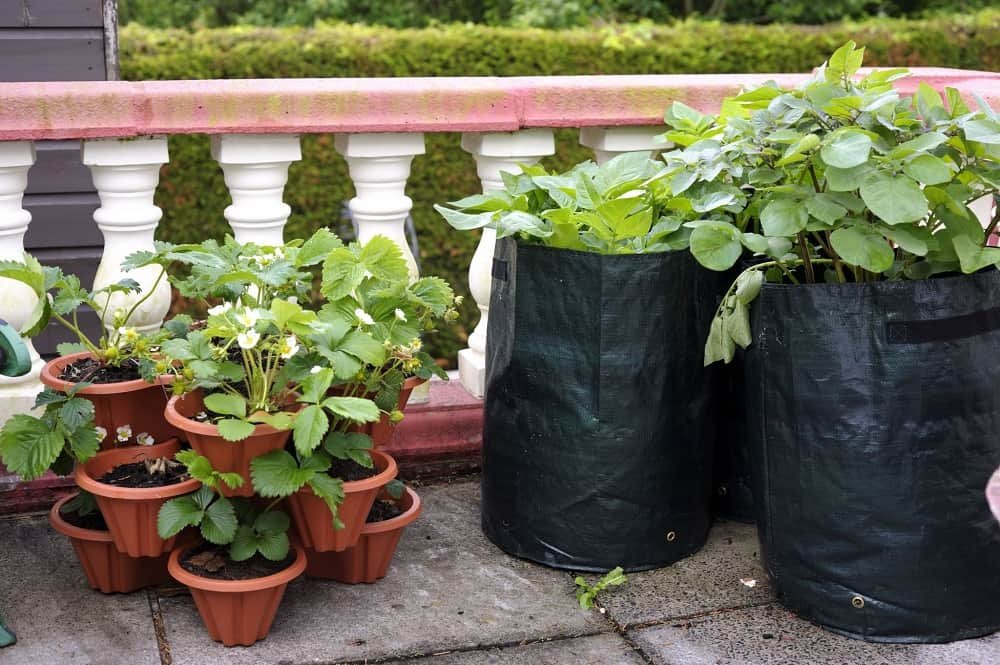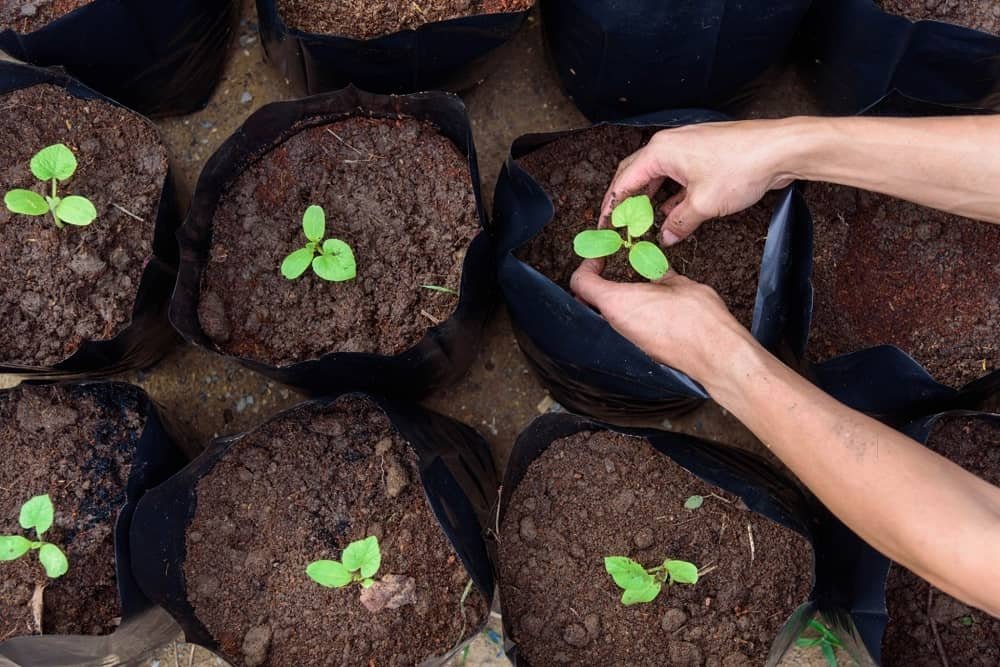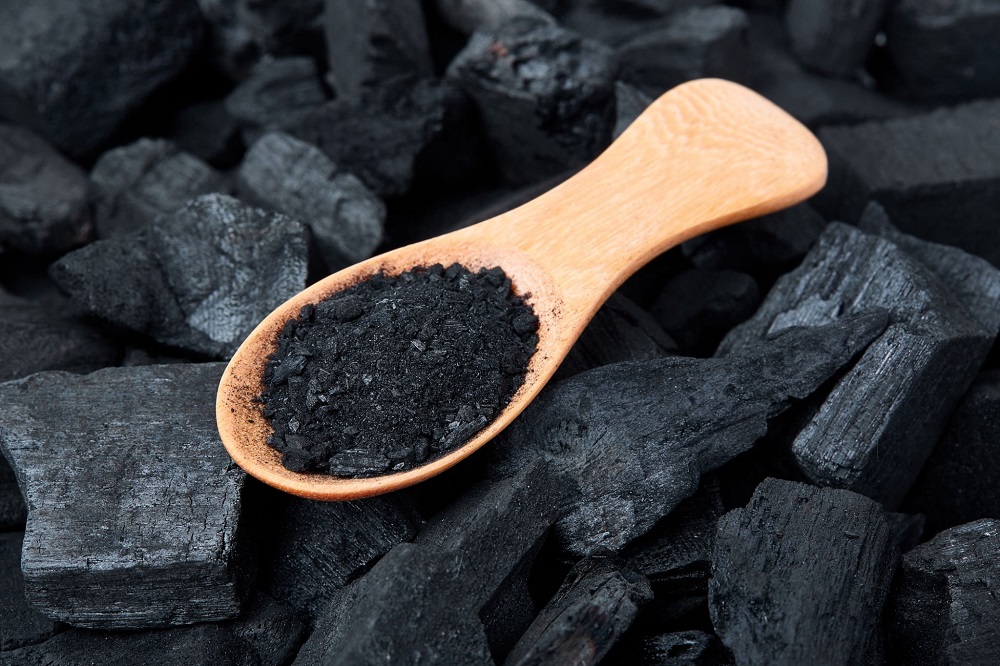Looking for coir brick uses?
Coir is made from the outer husk of the coconut and it is a natural Fibre used in a number of products across multiple industries. Coir is made from the outer shell of a coconut & husk. The extracted fibrous husk is stretched and shredded which are then soak into water for days. Its then broken down into piles and dried and graded in white and brown fibers depending on the maturity of the husk used.
Coco Coir can be customized into different types to meet specific requirements as the per usage and application. One of the most common times is Coir Bricks.
Coco Coir bricks are natural by products from the husk of the coconut. Coir is dried and compressed to form bricks of different sizes. Coir bricks are induvial packed for easy storage and handling and can be found at stores near you and commonly available.
It is an ecofriendly and sustainable alternate to peat moss and other growing mediums. Its 100% organic and is cost effective. Coir bricks are expanded by soaking into warm water before the use and application. Coir bricks can expand up to 8 times its actual size after soaking. Benefits of use Coir bricks includes its long storage and shelf life.
1. Gardening
Coir bricks are considered as an excellent growing medium commonly used for plantation both for indoors, outdoors and in hydroponic systems. These are used as an alternate to our traditional soil and is gaining popularity among users as it is natural and sustainable.
Coir bricks can be used to grow plants in pots, sowing seeds, used a mulch for plants and for soil improvement. It considered as a preferred choice for gardeners as it helps in water retention, improvement in soil structure and drainage.
Coir is versatile and lighter compared to the traditional potting soil providing with good nutrients and water aeration. The most highlighted characteristic of the coir bricks is its ability to hold water while providing space for air circulation. It can hold important nutrients which are released when need. Coir can be used with other soil mediums to provide you the ideal condition need for your plants to grow.
Preparing the coir brick includes remoisturizing the coir, draining the excess water, waiting for the coir to loosen, adjusting the pH value and adding the fertilizer. All coir bricks are required to be re-treated before use and the specifications provided by the manufacturer should be read before use to avoid from any negative effect.
Suggested Read: 5 Coir Pith Uses
2. Compositing
Coir bricks for composting is a great ecofriendly alternate to peat moss. Coir bricks for composting can both be used for garden compositing and toilet compositing. Coir blocks are commonly used and preferred for composting toilets.
They are placed in Air heads of the toilets and different size of bricks are used for composting as per described by the manufacturer of toilets. The drying from the fan and stirring in the Air head breaks the solids and helps in eliminating the odors.
The process of compositing might take several ours to expand to its full size. For garden compositing coir bricks are gaining popularity as an alternate to peat-based composites.
Using coir bricks for gardening composites does not compromise you on quality. The main reason for using Coir bricks for compositing is to adapt an eco-friendly and sustainable alternate. Products like peat moss initially used as traditional composting method has negative impact on the environment and should be completely replaced by Coco Coir bricks which is easy to use, handle, store and no compromise in quality.
3. Erosion Control
Coir bricks provides soil erosion control. It prevents the water from washing away and creates a barrier from water and soil. To use coir bricks for erosion, its important to choose the right size, water and maintain the area.
Coir bricks for erosion is preferred because it is considered as sustainable, cost effective, versatile and improves the soil health. As the coir bricks has longer life and organic it can last more longer as compared to other substitutes.
4. Animal Bedding
Coir products are very common for use of animal bedding. The bedding is very easy to use and remove when required. Coir animal bedding is free from any dust particles. Its used as a floor layer for animals as it has great ability to absorb moisture and soft cushioning effect.
It’s very organic and a biodegradable material. It helps keeping your pets and animals safe and healthy at their comfort. For animal bedding, its used for cattle, reptiles, small animals, poultry and even pet animals at home.
Coir is used for bedding of barns or the floors. It is providing high heat retention and highly absorbent. For animals it helps in reducing injuries and illness issues. Coir animal bedding is also very durable with high elasticity resulting in reducing fatigue issue for the animals. With antibacterial and deodorizing characteristics, it keeps the surrounding clear providing a healthy environment.
The use for coir for animal bedding is an environmentally friendly options at is made from 100% sustainable material and eco friendly option
5. Crafts
We have already discussed four different applications and uses of coconut coir in different nature of industries. Coir is also a part of the craft industry. Many craftsmen from around the world have used their ability to make amazing crafts products from coir.
It is easy and preferred material as it has high tensile strength and ecofriendly. Natural fibers are artistically molded into a number of different sizes and shapes to make unique products. It ranges from ropes to mats, wall hanging decorative items, baskets and containers for household use and different animal models.
Different waving and threading techniques are used to make innovative products. In recent times the crafts made from coconut coir has been gaining popularity. Sri Lanka and India are main markets where coir-based products are made by women.
Tourist around the world are amazed watching the innovative craft products available in these countries and are quick to get hold of one for their memories.
Contact Earth Scape the leading coco coir bricks suppliers to order coir brick in bulk.

